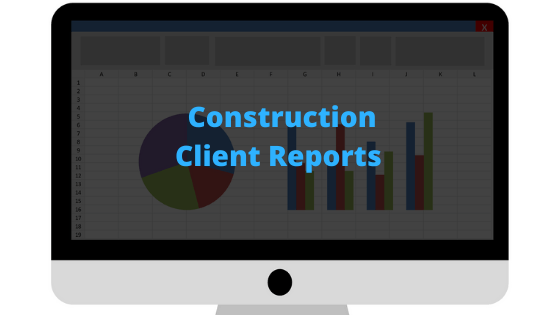As competition intensifies and profit margins come under pressure, construction firms are continuously looking for ways to enhance project productivity and avoid cost and schedule overruns. Numerous approaches have been tried, including technical improvements in construction processes, new building materials and the use of technology to streamline project management.
Traditional project delivery method
However, traditional project delivery method, starting with the design phase to the tendering or pre-construction phase and then to construction, still dominates the built environment. Effectively, the owner/developer engages an architect to prepare the project plans and specifications. Contractors are then invited to tender for the work, and they in turn use quantity surveyors, sub-contractors and supplier to put together their tenders. The winning contractor then enters into a construction agreement with the owner/developer.
One slight variation to the above arrangement is for the owner/developer to invite contractors to tender for the design and construction the entire project. However, this can be considered merely an expansion of the role of the contractor, but the process still follows the traditional project delivery method.
Integrated Project Delivery (IPD)
Integrated Project Delivery (IPD) is a method that has gained more acceptance in the construction industry over the past few years as a way to achieve more efficiency and productivity.
Integrated project delivery (IPD) is defined by the American Institute of Architects as “a collaborative alliance of people, systems, business structures and practices into a process that harnesses the talents and insights of all participants to optimize project results, increase value to the owner, reduce waste, and maximize efficiency through all phases of design, fabrication, and construction.”
The IPD system aims to align the interests, objectives and practices of all parties involved in a construction project. Participants work as one team, creating increased productivity and higher quality, saving time, minimizing disputes and litigation, and creating a more rewarding process for the entire team.
Objectives of the IPD methodology
The IPD methodology can be applied to various construction arrangements and the IPD team can include many parties beyond the traditional chain of owner, architect, contractor and sub-contractor. It is characterised by a high level of collaboration among all project stakeholders, from the early stages of planning/design through to project completion/handover, with the objective of achieving the highest level of efficiency through:
- Combining the knowledge and expertise of all participants to maximise the value each participant provides to the project and to optimize the utilization of technical capabilities and support.
- Open communication to engender a “no-blame” attitude where problems are identified not to establish liability but to have them resolved quickly.
- Timely sharing of up-to-date information to ensure that all participants work on the same version of project documentation and reports.
- Fostering the spirit of transparency and trust to encourage participants to concentrate on project outcomes rather than on their own individual objectives.
- Sharing risks and rewards where compensation is directly related to the value that each participant adds to the project, and incentives are tied to achieving overall project goals.
The role of multi-party agreements

Multi-party agreements (MPAs) among the main project participants are often used to ensure that the
objectives of IPD are achieved. Under the MPA, key project participants enter into a single multi-party contract specifying their individual functions, rights and responsibilities.
The MPA effectively establishes a virtual partnership to manage a specific project, where the role of each participant and its relationship with the other participants are defined. Trust and commitment to the project are essential ingredients in MPAs because the rewards are highly dependent on the success of the overall project and on the contributions of all team members.
The role of technology in IPD
Construction projects involve different stakeholders sharing a vast quantity of information. Traditional IT solutions do not provide the necessary collaborative environment to ensure that IPD participants work closely as a team. The need for a collaborative IT solution has been the driver behind the growth of online construction collaboration technology.
Collaboration software streamlines the flow of documentation, communications and workflows; allowing users in different locations to share a common version of documents, drawings, forms and data in one place. Users are able to view and mark up files online without the need for native software. Because of its inbuilt audit trails, the software engenders confidence, minimizes disputes and mitigates risk.
Conclusion
Integrated Project Delivery method offers numerous benefits to all participants in a construction project. The alignment of the interests and risk/reward of participants with the overall project objectives engenders a spirit of co-operation and team work. It is not surprising, therefore, that this methodology is gaining wider acceptance in the construction industry, and is starting to be applied to projects of various sizes and not only to the larger multi-billion dollar projects.
Share with your friends






